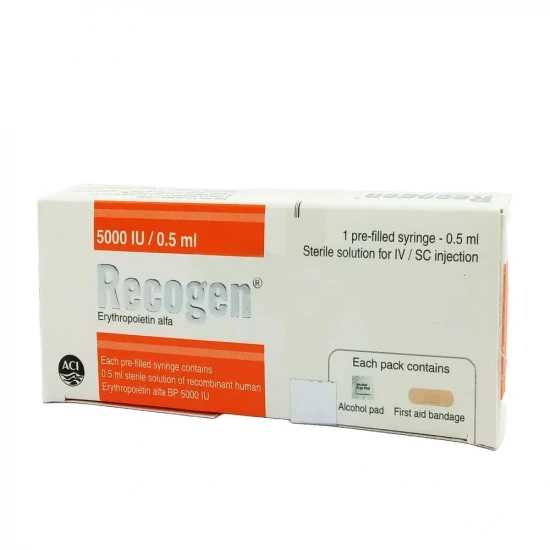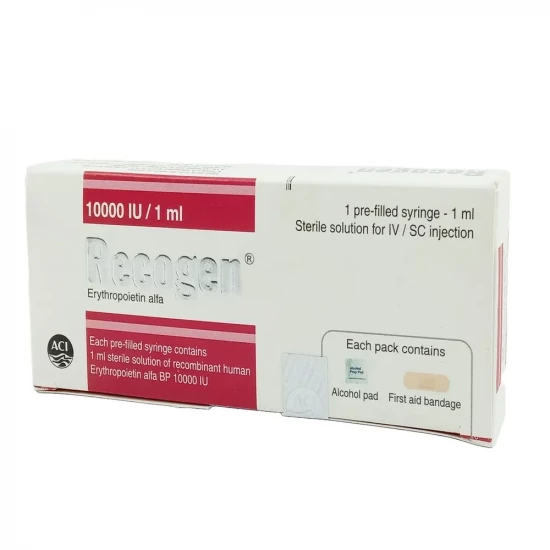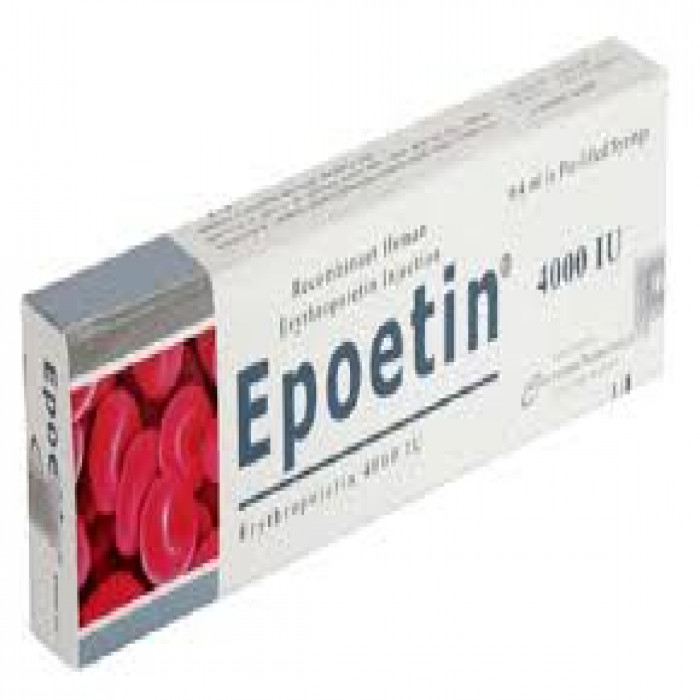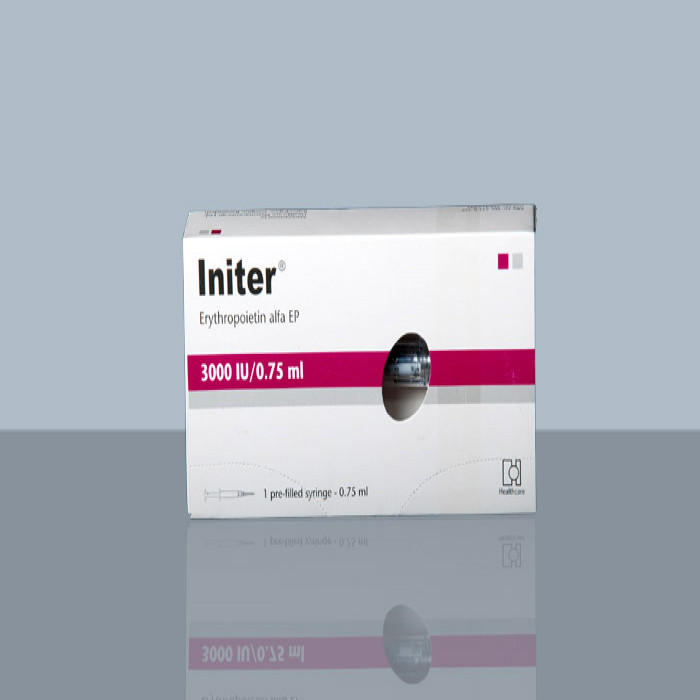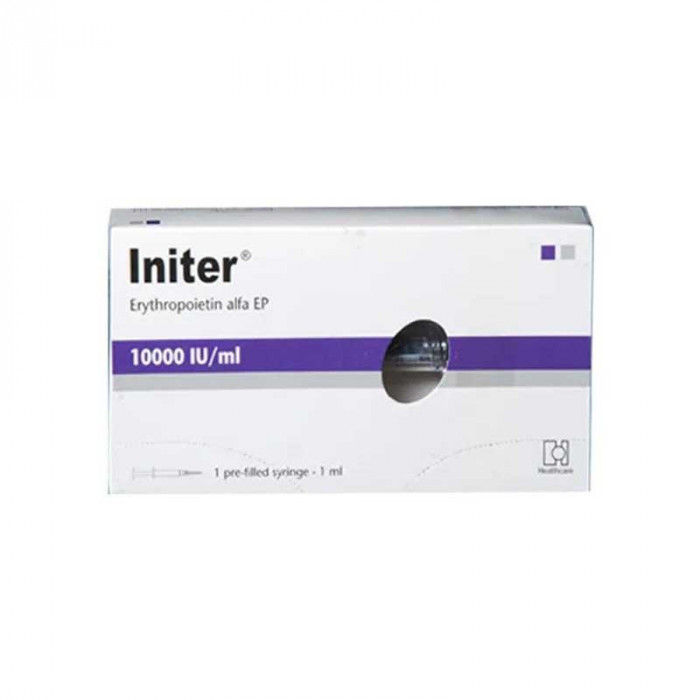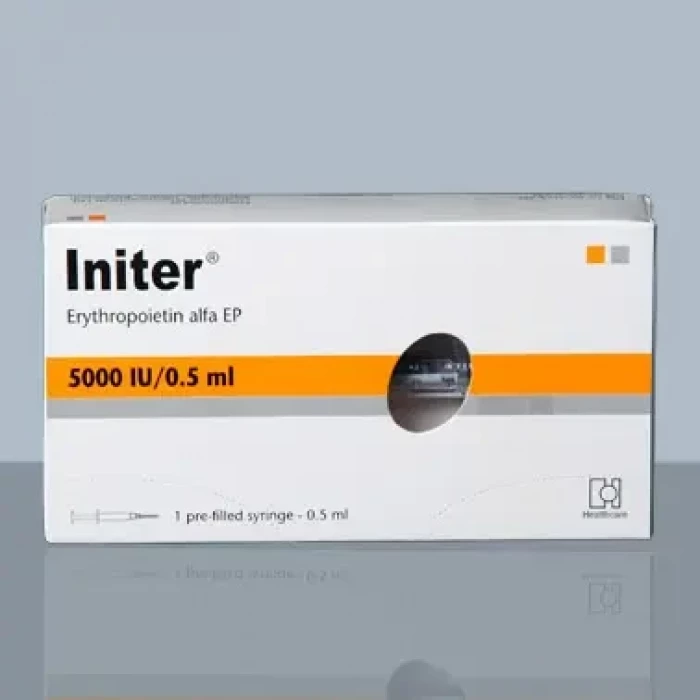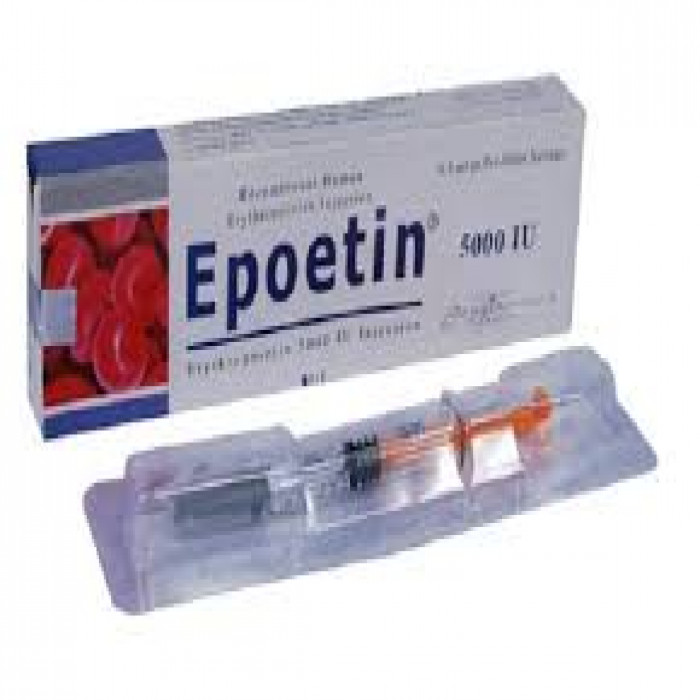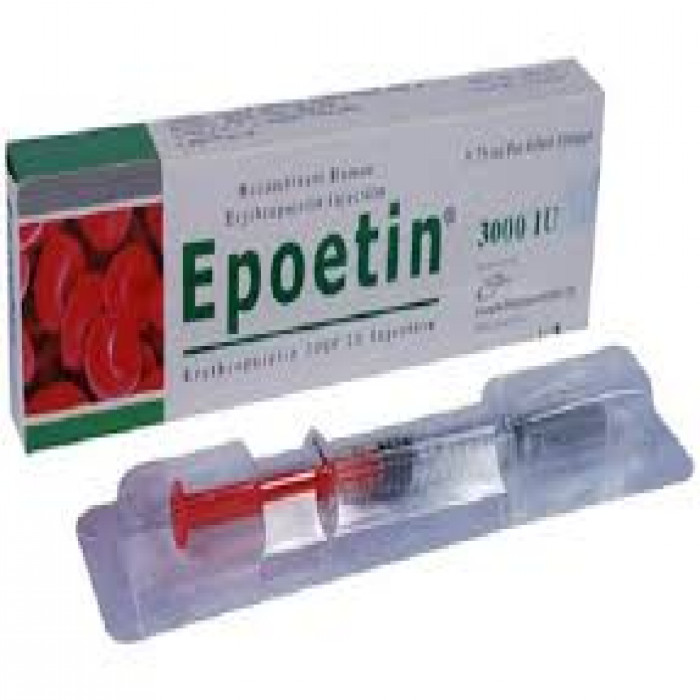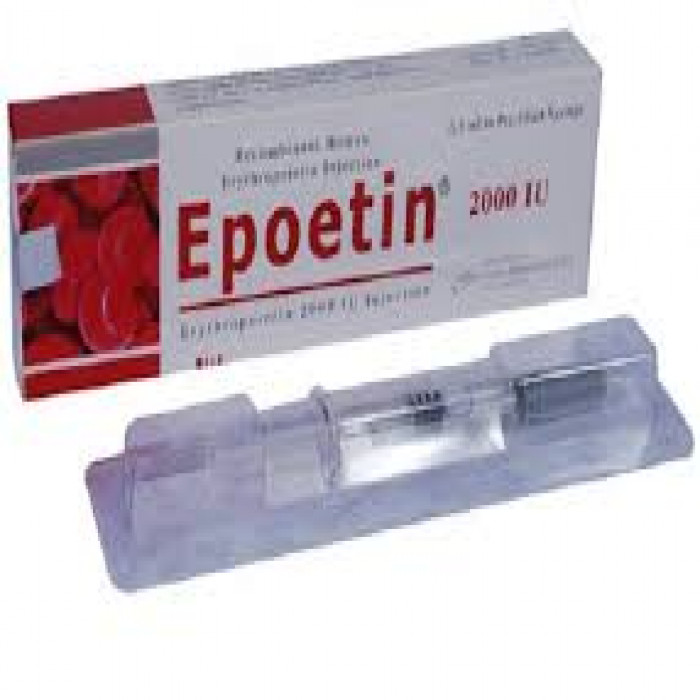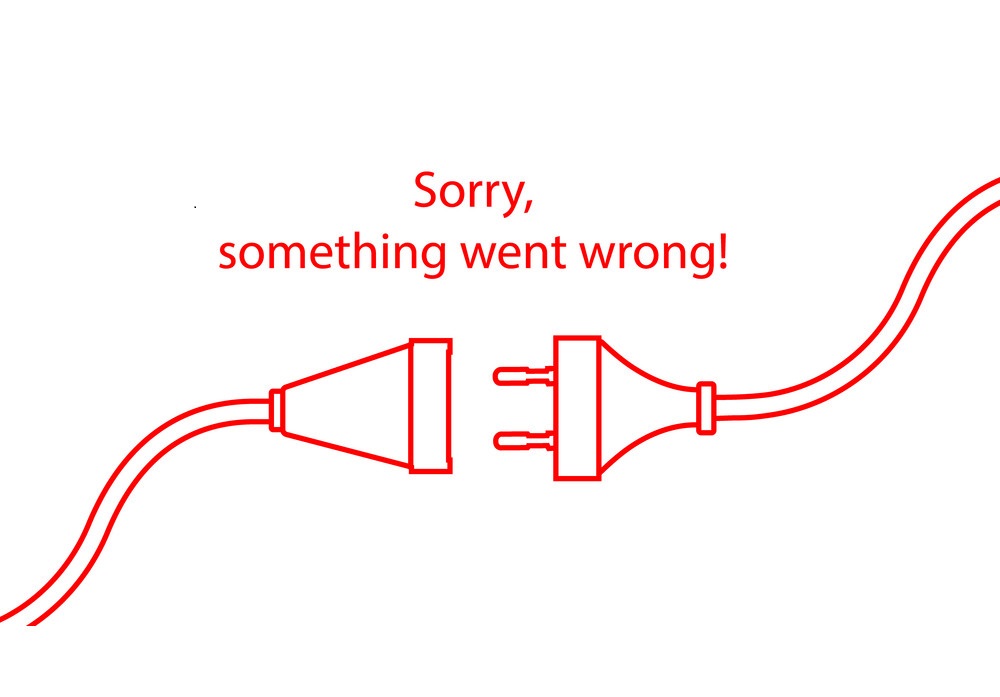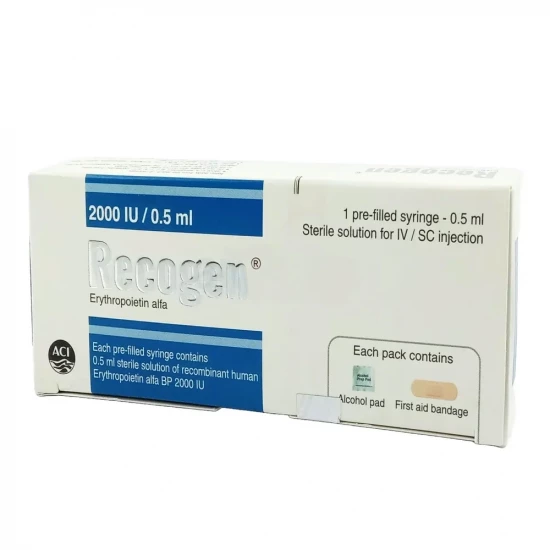
✔ 100% Authentic Product
👁️ Currently Viewing 390
Recogen 2000IU/0.5ml Prefilled Syringe
Recogen is used for anemia due to:
Chronic Kidney Disease (CKD) – both dialysis and non-dialysis patients
HIV infection treated with zidovudine
Chemotherapy-induced anemia (minimum 2 months of planned chemotherapy)
Elective surgery – to reduce need for RBC transfusions
Premature infants – birth weight 750–1500 g, gestational age <34 weeks
Discount
Price: ৳ 1,113
MRP:
৳
1136
2%
Off

100% Genuine Products, Guaranteed

Safe & Secure Payments, Always

Fast, Secure & Efficient Delivery

Proper Packaging
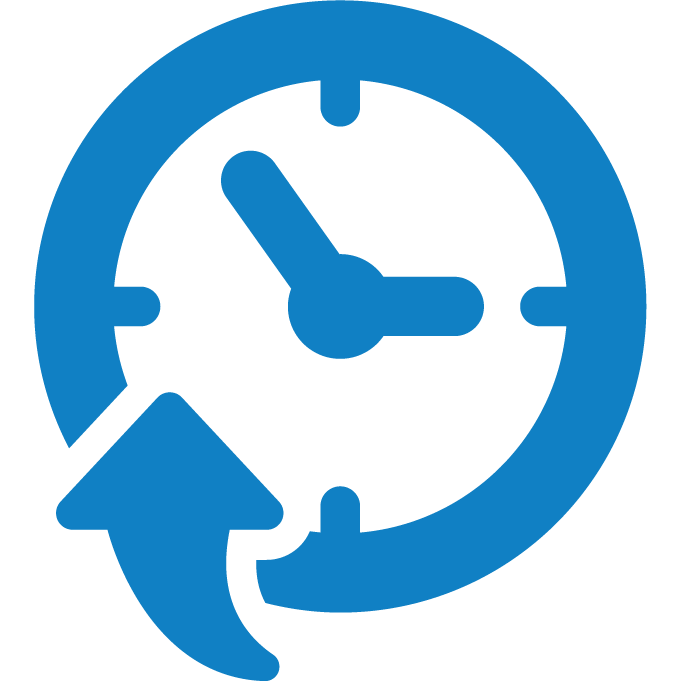 Cash on Delivery - All over Bangladesh
Cash on Delivery - All over Bangladesh Regular Delivery - 12-24 Hours, Dhaka City* Charge Tk.39-59
Regular Delivery - 12-24 Hours, Dhaka City* Charge Tk.39-59 Regular Delivery - 24-48 Hours, Other Cities* Charge Tk.99-110
Regular Delivery - 24-48 Hours, Other Cities* Charge Tk.99-110
 ফ্রি ডেলিভারিঃ - ৯৯৯ টাকা+ অর্ডারে, ঢাকা
শহরে
ফ্রি ডেলিভারিঃ - ৯৯৯ টাকা+ অর্ডারে, ঢাকা
শহরে ফ্রি ডেলিভারিঃ - ২৯৯৯ টাকা+ অর্ডারে, ঢাকার
বাহিরে
ফ্রি ডেলিভারিঃ - ২৯৯৯ টাকা+ অর্ডারে, ঢাকার
বাহিরে
100% Genuine Products, Guaranteed
Safe & Secure Payments, Always
Fast, Secure & Efficient Delivery
Proper Packaging
 Cash on Delivery - All over Bangladesh
Cash on Delivery - All over Bangladesh Regular Delivery - 12-24 Hours, Dhaka City* Charge Tk.39-59
Regular Delivery - 12-24 Hours, Dhaka City* Charge Tk.39-59 Regular Delivery - 24-48 Hours, Other Cities* Charge Tk.99-110
Regular Delivery - 24-48 Hours, Other Cities* Charge Tk.99-110 ফ্রি ডেলিভারিঃ - ৯৯৯ টাকা+ অর্ডারে, ঢাকা
শহরে
ফ্রি ডেলিভারিঃ - ৯৯৯ টাকা+ অর্ডারে, ঢাকা
শহরে ফ্রি ডেলিভারিঃ - ২৯৯৯ টাকা+ অর্ডারে, ঢাকার
বাহিরে
ফ্রি ডেলিভারিঃ - ২৯৯৯ টাকা+ অর্ডারে, ঢাকার
বাহিরে
✅ Description:
Recogen is a recombinant human erythropoietin that stimulates the production of red blood cells (RBCs). It is used to treat and prevent anemia in various conditions.
Recogen mimics human erythropoietin, a natural hormone that:
- Stimulates the bone marrow to produce RBCs
- Helps increase hemoglobin levels
- Reduces the need for blood transfusions
4.
5.
6.
7.
8. Overdose
Can cause hemoglobin levels above target → managed by reducing dose or phlebotomy
Severe hypertension may occur
✔️ Side Effects
- Hypertension
- Headache, dizziness
- Muscle pain or spasms
- Injection site irritation
- Nausea, vomiting
- Thrombosis, deep vein thrombosis
- Allergic reactions
- High hemoglobin or blood pressure if overdosed
- Reduced ferritin in premature infants
Most side effects are manageable with dose adjustment
✔️ How to use Recogen
General Guidelines:
Always check iron status before and during treatment
Do not shake the vial; protect from light
Inspect for particulate matter or discoloration before use
Discard unused portions
CKD Patients:
Start when hemoglobin <10 g/dL
Typical adult dose: 50–100 units/kg, 3 times weekly (IV or SC)
Adjust dose based on hemoglobin rise; do not increase more than once every 4 weeks
Zidovudine-treated HIV Adults:
100 units/kg, 3 times weekly (IV or SC)
Cancer Chemotherapy:
Adults: 150 units/kg SC 3 times/week or 40,000 units SC weekly
Children (5–18 years): 600 units/kg IV weekly
Premature Infants:
250 IU/kg SC 3 times/week, start as early as day 3 of life for 6 weeks
✔️ Drug Interactions
No major clinically significant interactions
Effect may be enhanced with iron supplements (e.g., ferrous sulfate)
✔️ Precautions
- Avoid in uncontrolled hypertension
- Do not use in patients with pure red cell aplasia from previous ESA therapy
- Monitor hemoglobin regularly
- Use with caution during pregnancy and lactation
✔️ Storage Condition
2–8°C, do not freeze
Protect from light and keep in original packaging
⚠️Disclaimer:
At ePharma, we’re committed to providing accurate and accessible health information. However, all content is intended for informational purposes only and should not replace medical advice from a qualified physician. Please consult your healthcare provider for personalized guidance. We aim to support, not substitute, the doctor-patient relationship.





